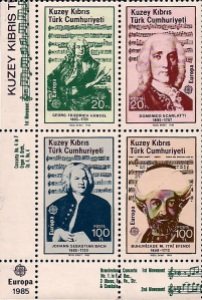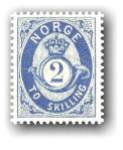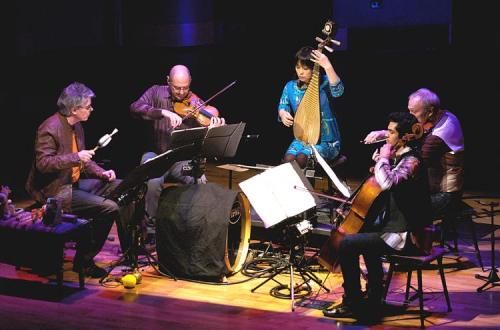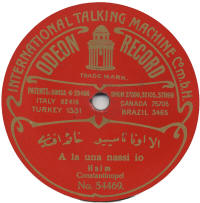In May 2011 the Library of Congress launched National jukebox: Historical recordings from the Library of Congress, an Internet resource that makes historical sound recordings available to the public for free. The Jukebox includes recordings from the extraordinary collections of the Library of Congress Packard Campus for Audio Visual Conservation and other contributing libraries and archives. These recordings were issued on record labels now owned by Sony Music Entertainment, which has granted the Library of Congress a gratis license to stream acoustical recordings.
At launch, the Jukebox already included over 10,000 recordings made by the Victor Talking Machine Company between 1901 and 1925. Content will be increased regularly, with additional Victor recordings and acoustically recorded titles made by other U.S. labels, including Columbia, Okeh, and some Universal Music Group-owned labels. The selections range from jazz and popular styles to ethnic traditions to Western classical works, including opera arias.
Above, a Victor acoustical recording session ca. 1920.








 On the eve of the event, youths go from house to house collecting wood for the ceremonial bonfire. In the morning the participants choose their roles and don the corresponding masks and sheepskin capes. The stock characters may include a groom, a bride, a devil, a priest, a gypsy, and a dancer with a bear. To the accompaniment of drums and shawms, the dancers parade through the village with abundant comical antics. The ceremony culminates with a spirited dance around the collective bonfire.
On the eve of the event, youths go from house to house collecting wood for the ceremonial bonfire. In the morning the participants choose their roles and don the corresponding masks and sheepskin capes. The stock characters may include a groom, a bride, a devil, a priest, a gypsy, and a dancer with a bear. To the accompaniment of drums and shawms, the dancers parade through the village with abundant comical antics. The ceremony culminates with a spirited dance around the collective bonfire.




